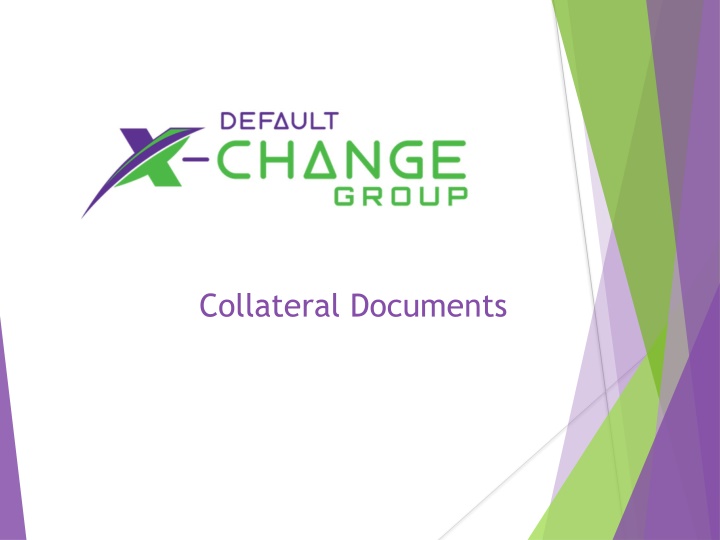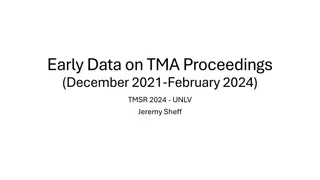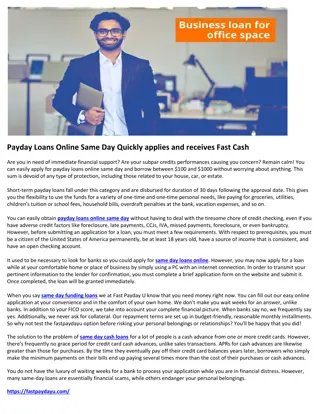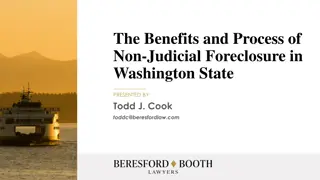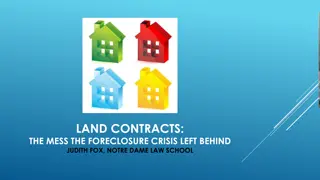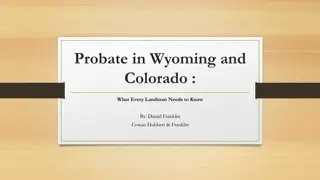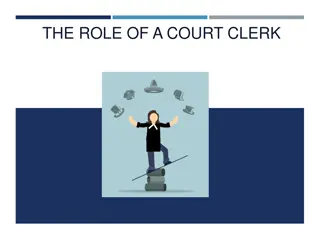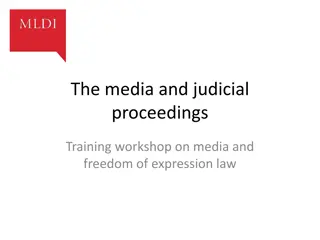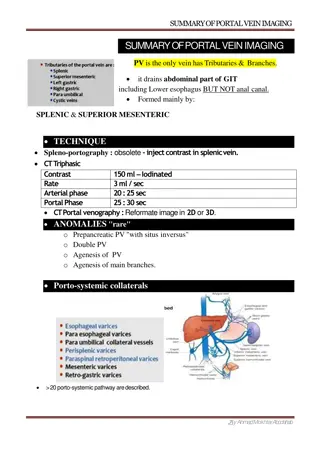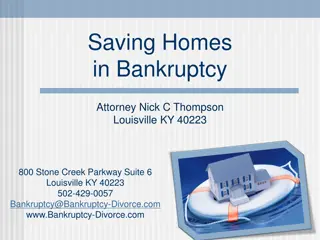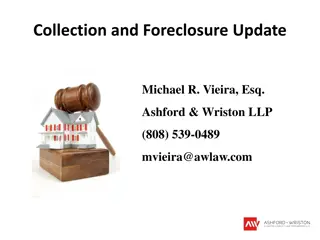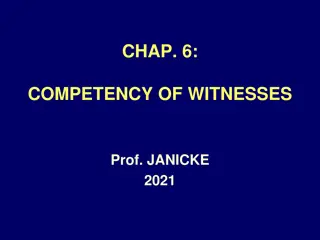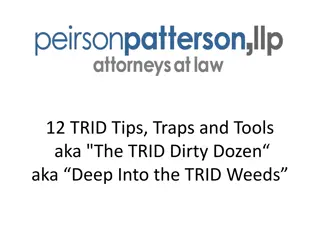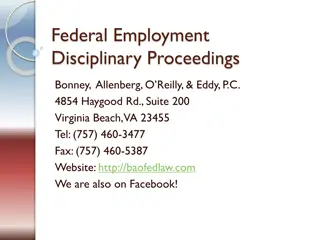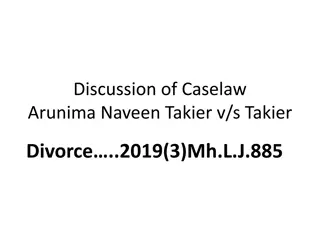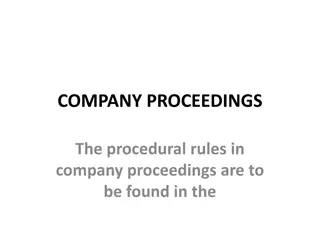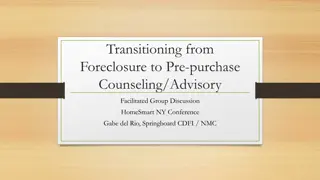Essential Collateral Documents for Foreclosure Proceedings
In most states, a perfect referral for foreclosure typically involves documents like Confirmation of Plaintiff name, pre-foreclosure demand letters, copies of Note and Recorded Mortgage, title policy, loan modification details, borrower information, and more. It's crucial to have these collateral documents in place to establish a strong foundation for the foreclosure process.
Download Presentation

Please find below an Image/Link to download the presentation.
The content on the website is provided AS IS for your information and personal use only. It may not be sold, licensed, or shared on other websites without obtaining consent from the author.If you encounter any issues during the download, it is possible that the publisher has removed the file from their server.
You are allowed to download the files provided on this website for personal or commercial use, subject to the condition that they are used lawfully. All files are the property of their respective owners.
The content on the website is provided AS IS for your information and personal use only. It may not be sold, licensed, or shared on other websites without obtaining consent from the author.
E N D
Presentation Transcript
In most states, the perfect referral generally includes the following, with some variation and additions The documents in red are generally considered collateral documents Confirmation of Plaintiff name to foreclose in The Perfect Referral Pre-foreclosure demand letters Copy of Note, with all endorsements and allonges (some states require the original note) Copy of Recorded Mortgage Copies of all recorded Assignments of Mortgage Title policy Loan modification, if any Borrower & owner address/occupancy information Judgment figures/payoff figures/reinstatement figures Borrower/mortgagor Social Security numbers
The Perfect Referral - continued The following information should also be included, if applicable and if known: Copy of the 45 day letter required by the CFPB Rules, if applicable, including current SPOC information Bankruptcy filing information, if any Military status Estate information Any and all information about any disputes on the account, included those that have been resolved
Laying the Foundation The Note and Mortgage form the foundation of the foreclosure case. Without the proper documentation, the foundation will be flawed and the house can come tumbling down
The Note A Note is what is know as a negotiable instrument that can be sold or transferred from one lender to another The Note is not recorded in the county land records In most states, Notes are governed by the state s version of the Uniform Commercial Code ( UCC ) In order to effect a valid transfer of a Note in PA or NJ, the original Note must be physically delivered to the new holder and endorsed to that new holder either in blank or specifically
The Note Theres More! One of the MOST important things to remember is that the copy of the Note that you provide to your counsel MUST be a copy of the Note as it appears presently This is incredibly important! The copy of the Note contained in the origination file may not include subsequent endorsements, etc. that appear on the Note presently
What if the Original Note is Lost? Don t Panic! In most states, there is a way to enforce a lost Note In some states, a Lost Note Affidavit can be prepared that conforms to the requirements of the state s version of the UCC An indemnity provision is required in some states, and additional proofs may be needed in a contested case
Chain of Title and Determining if an Assignment is Needed An Assignment is needed when the original mortgagee or last assignee on title do not match the current Plaintiff/AITNO (Action in the Name of) information provided by client In this situation, we would request an Assignment from the last assignee on title into the current AITNO An assignment is generally not needed if the AITNO is an entity that is a successor to the last assignee by merger or corporate name change
Assignment of Mortgage Requirements per State In either state, the Assignment of Mortgage must be executed by someone with signing authority for the Original Mortgagee or the Last Assignee of record. If someone is signing on behalf of another entity, a Power of Attorney (POA) is required showing that said authority has been given. The POA must be recorded in the county before the AOM will be accepted for recording.
Power of Attorney (POA) What is a Power of Attorney? A Power of Attorney is a document showing authority has been granted for one entity to sign on behalf of another entity. What is the purpose of a Power of Attorney? In some states, if an Assignment is executed by way of POA, the POA documents must be recorded in the county first, proving to the county that the entity had legal authority to execute the document.
Servicing Transfers A Servicing Transfer takes place when one company or lender sells a pool of loans to another company or lender. When this takes place during an active Foreclosure action, 99.9% of the time, it will result in the need for an AOM to the new servicer s foreclosing entity. When transferring HUD/FHA loans, we sometimes see two AOMS; one from the current plaintiff to HUD, then another from HUD to the new AITNO. Timely and accurate completion of AOMs is crucial to the timeline In some states, the plaintiff in the foreclosure case may need to substituted if the AOM occues during the pendency of the foreclosure case
